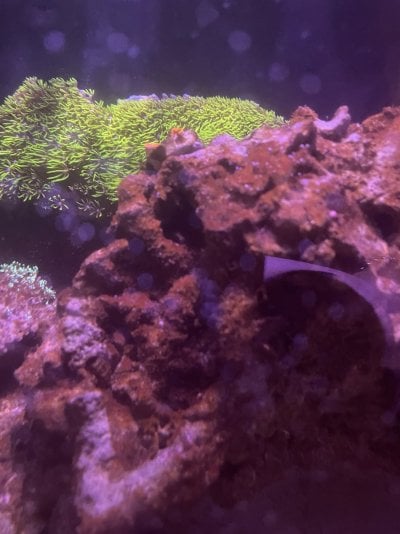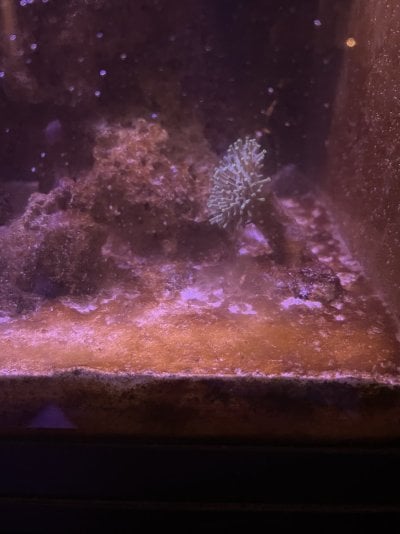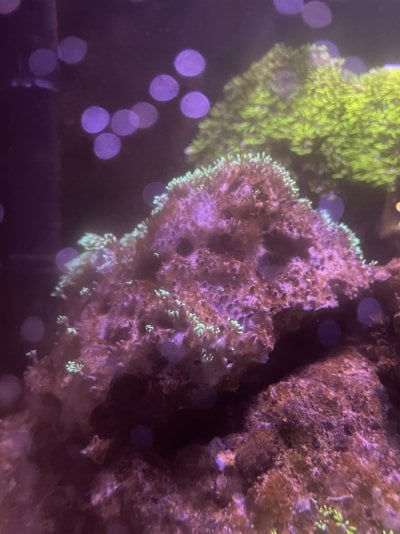- Joined
- May 22, 2016
- Messages
- 6,970
- Reaction score
- 10,747
Those are fine interventions. I do like UV also.Ahhh that makes sense then, thank you! Is dosing silicates the best way to start treatment? And increasing biodiversity?
You can see from your first video that this type is a faster/ better swimmer than the slow gliders that are large cell amphidinium.
Based on the amount of brown material in your tank pics, manual removal should have a big role too.



















